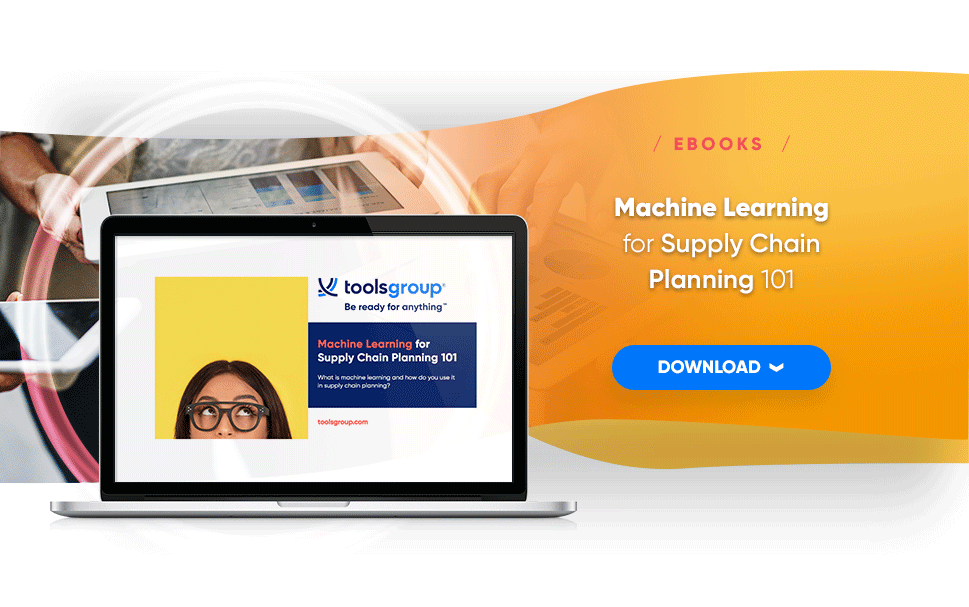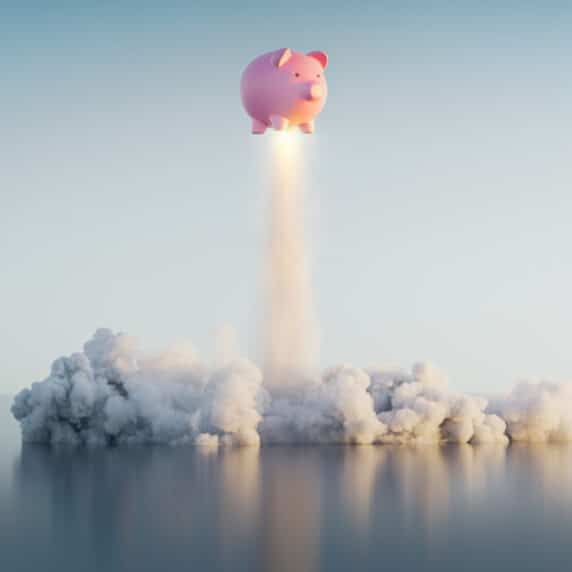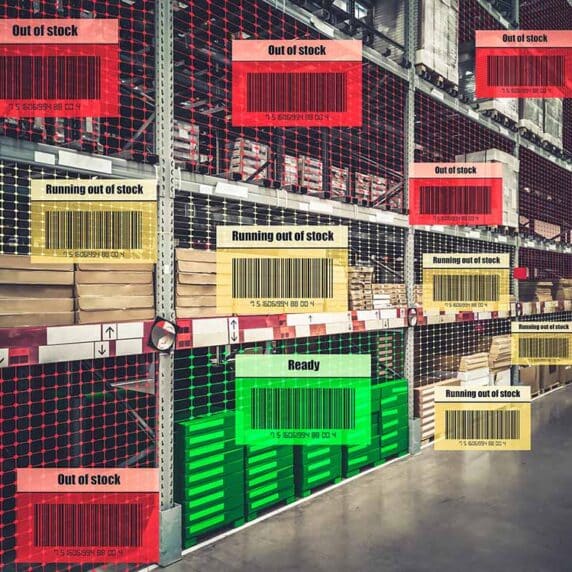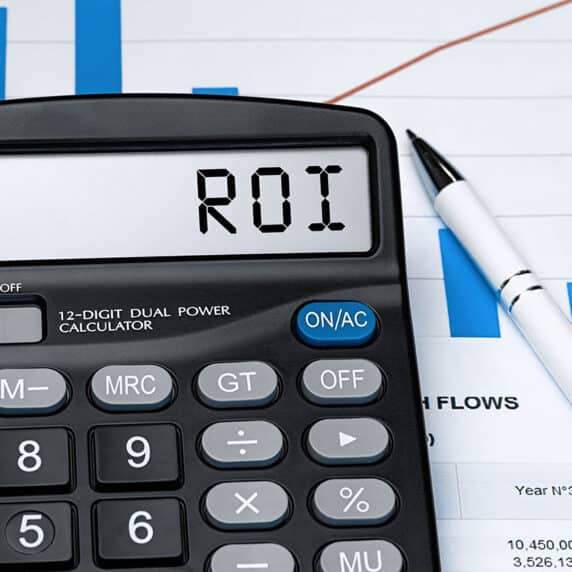Improving Demand Forecasting with Machine Learning
In our last blog we talked about using best-of-breed software to overcome the shortcomings of ERP-based supply chain planning systems. One way to improve demand forecasting and demand planning is with machine learning and demand analytics.
Business complexity and increased volatility have rendered traditional forecasting methods less effective. Demand more often than not seems like a pattern of partially constrained chaos, buffeted by factors that drive it up and down in ways that can’t be understood by simply looking at historic sales volumes. Most forecasting systems produce disappointing results and significant errors.
Machine learning can help companies reliably model the many causes of demand variation. Machine learning is a computer-based discipline where algorithms “learn” from the data. Rather than following programmed instructions, the algorithms use data to build and constantly refine a model to make predictions.
This is well-suited to scenarios such as frequent promotions, recurrent new product introductions, substantial “long-tail” demand, growing complexity, and extreme seasonality. All these variables share a pattern common to most of today’s businesses—a proliferation of new data, at a level of complexity and scale that makes it very difficult and extremely time consuming for planners to generate reliable forecasts.
Machine learning systems reduce perceived demand variability by capturing and modeling the attributes that shape demand while filtering out the “noise”—random and unpredictable demand fluctuations. They learn from the data that they process, and modify their operation accordingly.
For instance, a machine learning system exploiting Web data to quickly detect successful new products can find and learn which demand indicators—page hits, specification downloads, time on site—are most reliable, and update its model if consumer behavior changes.
Machine learning can also be used to take advantage of valuable data signals that are generated closer to the consumer, like points of sale and social media channels. It helps understand the impact of demand drivers like media, promotions, and new product introductions, and then use that knowledge to significantly improve forecast quality and detail.
In one example, dairy producer Granarolo runs thousands of promotions annually, producing 34,000 item–promotion forecasting combinations that spawn demand peaks of up to 30 times baseline sales. When Granarolo added machine learning to its existing systems to boost performance, forecast reliability increased from 80 percent to 85 percent on average, peaking at 95 percent. Inventory levels and delivery times were cut in half, resulting in fresher products and less waste. Overall, Granarolo significantly raised its customer service levels and sales while at the same time reducing transportation costs.
If you can’t trust your safety-stock levels to deliver the required service levels, you keep them artificially high… If your team is spending too much time manually adjusting and evaluating forecasts, and is still not able to deliver them accurately enough or on time… If your consensus forecast from the S&OP is unreliable, or the collaboration process behind it is too slow to adapt to the dynamic nature of the market and SKU behavior… Machine learning may be for you.
Below is a more in-depth discussion of this topic in CSCMP Quarterly, including several case studies.
Machine Learning: A New Tool for Better Forecasting
“Business volatility and the complexity of factors influencing demand are making it hard to reliably model the causes of demand variation. Machine learning can help companies overcome that challenge.……”






